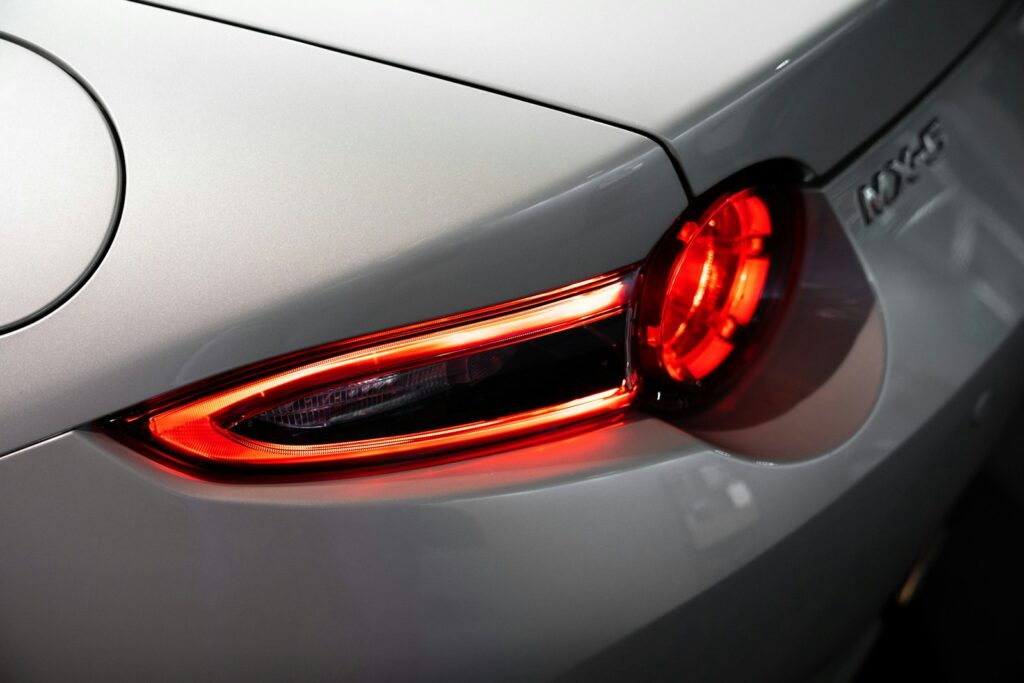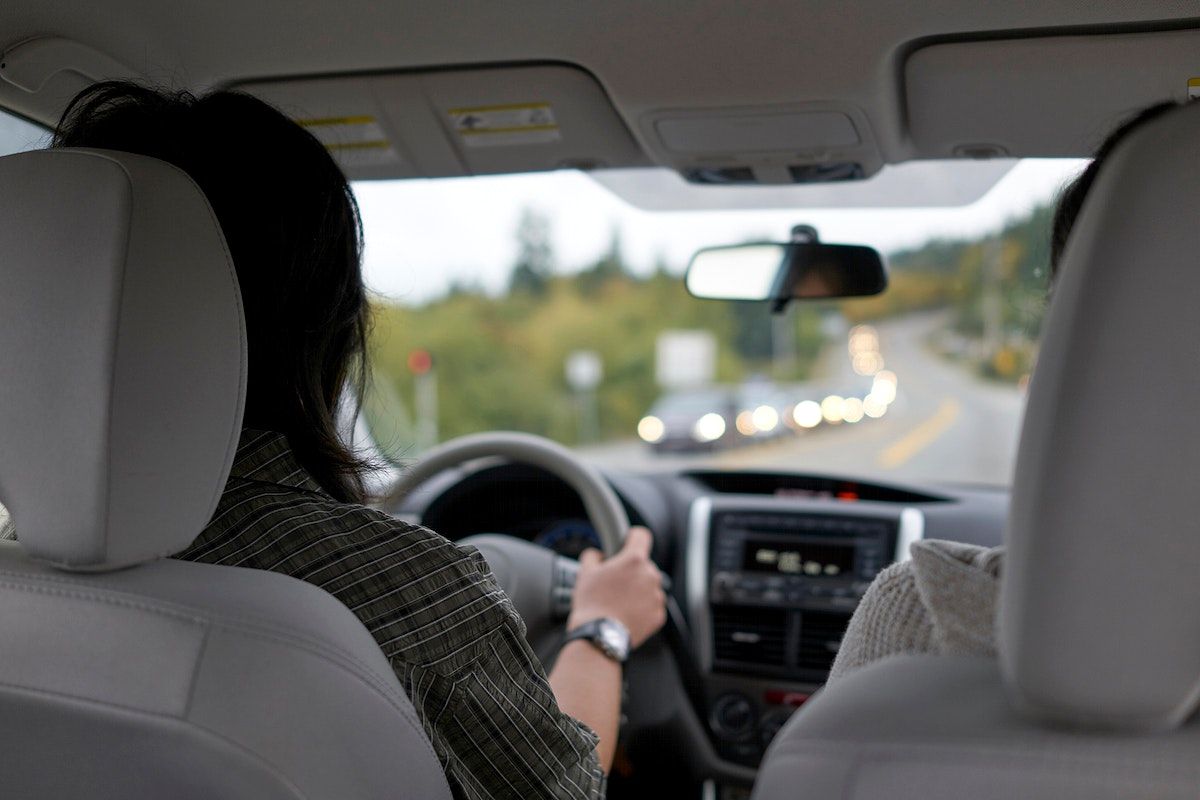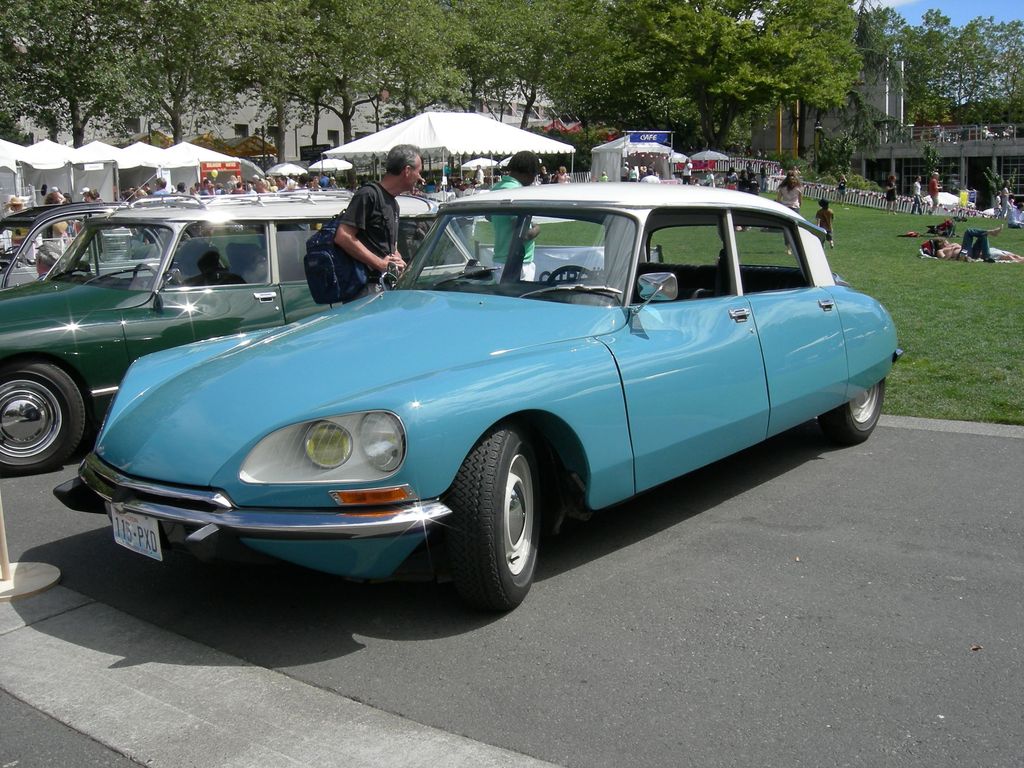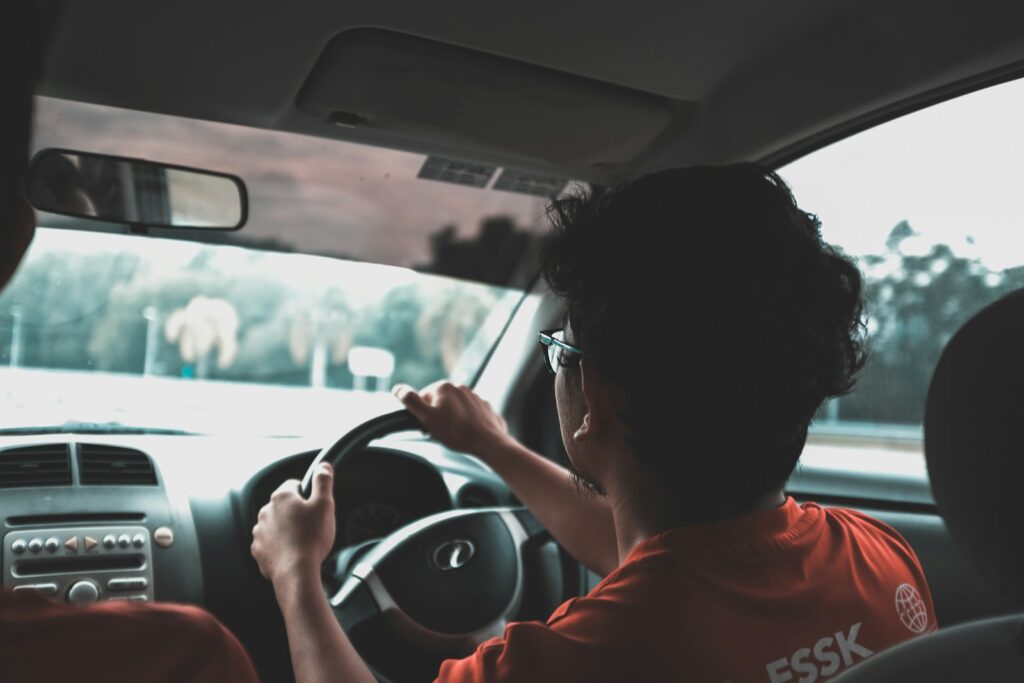
Rear-end collisions stand as one of the most prevalent and often unexpectedly devastating types of car accidents on our roads today. Despite frequently being labeled as “minor” incidents, their consequences can be anything but, ranging from significant vehicle damage and complex insurance claims to severe and lasting personal injuries. The resulting whiplash injury, for instance, can cause ongoing pain and suffering, as the unnatural motion of your head being forced backward and then snapping forward can do major damage to the muscles of the neck and back, and even the spinal cord. It’s a stark reminder that even seemingly small impacts carry serious risks.
Yet, the good news, according to driving experts and safety advocates, is that the vast majority of rear-end crashes are entirely preventable. They don’t have to be an inevitable part of our daily commute. By adopting a proactive mindset, practicing defensive driving strategies, and cultivating heightened situational awareness, drivers can drastically reduce their risk of being involved in these common yet avoidable incidents. This isn’t just about following the rules; it’s about anticipating potential hazards and reacting intelligently.
This in-depth guide, inspired by expert driving principles, will delve into crucial strategies designed to help you navigate traffic more safely. We’ll explore practical, actionable tips that empower you to avoid rear-end collisions, including an often-overlooked expert ‘hack’ for those critical moments when an impact seems unavoidable. Whether you’re a seasoned driver, a daily commuter, or just starting out, these insights are tailored to enhance your safety and confidence on the road, ensuring you can drive with greater peace of mind.
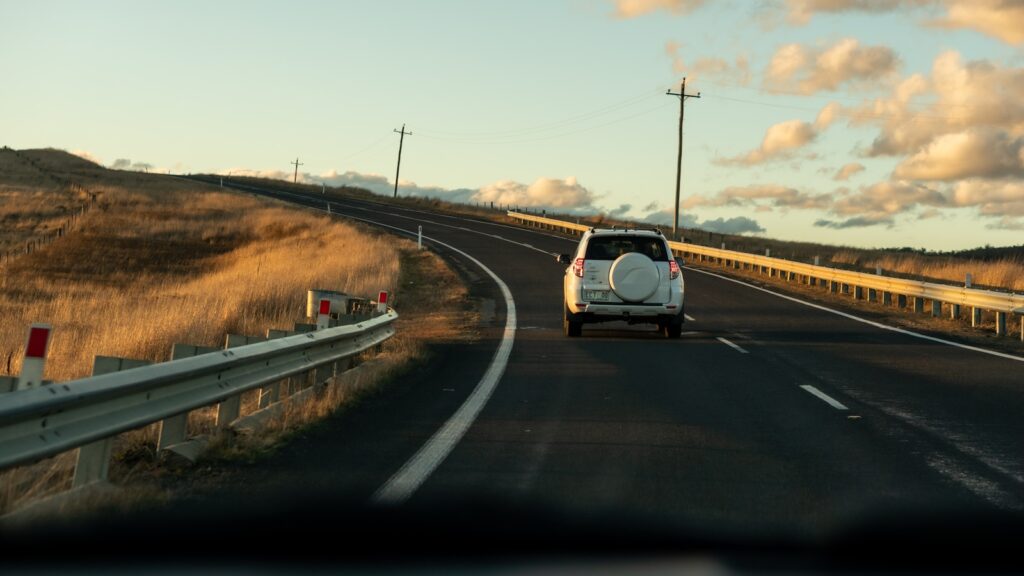
1. **Let Tailgaters Pass You**: Encountering a tailgater can be one of the most frustrating and dangerous situations on the road. Impatient drivers or those in a hurry often fail to maintain a safe following distance, significantly increasing the risk of a rear-end collision if you have to slow down suddenly. Your instinct might be to react with frustration, but a defensive approach is paramount to ensuring safety for everyone involved.
It is absolutely critical to resist the urge to brake hard in an attempt to scare them off. Such an aggressive reaction can easily result in the very collision you are trying to avoid, turning a tense situation into a dangerous one. Your primary goal is to de-escalate the risk, not to teach the other driver a lesson or engage in a power struggle on the highway.
Instead, adopt a calm and calculated strategy. The most effective response is to either slow down gradually, giving the tailgater more space to react and potentially prompting them to pass, or, if conditions allow, merge over safely to another lane and let them go by. This simple act of yielding space reduces immediate danger and allows you to continue your journey without unnecessary stress or increased risk.
By choosing to let tailgaters pass, you prioritize safety over pride, effectively removing yourself from a high-risk scenario. This isn’t about conceding; it’s about making a smart, defensive driving decision that protects you, your passengers, and your vehicle from the potential injuries and damages associated with a rear-end impact.

2. **Keep Checking Your Mirrors Frequently**: Constant situational awareness is a cornerstone of defensive driving, and a significant part of that involves diligently monitoring your surroundings, particularly what’s happening behind you. Many drivers fall into the habit of only looking forward, missing crucial cues that could signal impending danger from the rear. This oversight dramatically increases your vulnerability to rear-end collisions.
Experts advise that drivers should be checking their mirrors every five to eight seconds, a practice that becomes especially vital when you are slowing down or coming to a stop. This regular habit allows you to keep a constant mental picture of the traffic flow behind you, enabling you to detect any vehicles approaching too quickly or drivers who may not be paying attention. It provides a continuous stream of information crucial for making informed decisions.
When you are approaching a traffic light or a stop sign, make it an absolute rule to always look in your rearview mirror before and as you slow down. This check confirms whether the vehicles behind you are also slowing down and preparing to stop. You can never truly tell if the driver behind you is paying attention to the slowdown in traffic, and this quick glance can be the early warning system you need.
This consistent mirror checking transforms you from a reactive driver into a proactive one. It equips you with the knowledge to anticipate risks from behind, giving you precious extra seconds to adjust your driving, signal your intentions more clearly, or even take evasive action if necessary. It is a fundamental practice for enhancing overall road safety and reducing your risk of being caught off guard by a rear-end impact.
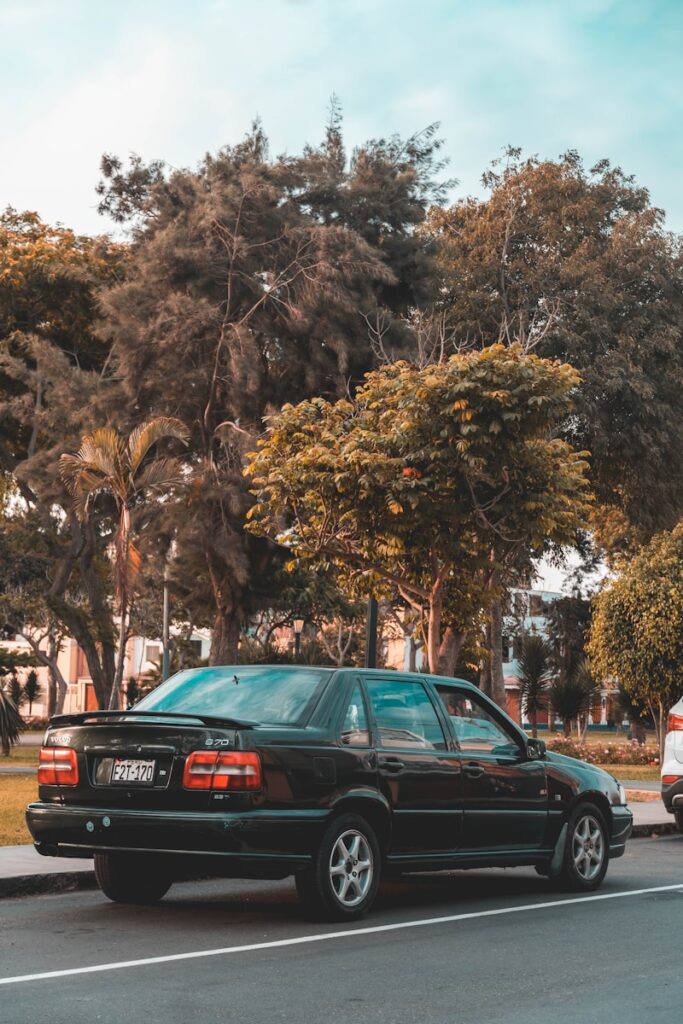
3. **Slow Gradually When Coming to a Stop**: The manner in which you bring your vehicle to a stop profoundly influences the safety of the drivers behind you. A common yet dangerous mistake is to slam on your brakes abruptly at a stop sign or red light, especially in busy traffic conditions. This sudden action can catch following drivers completely off guard, leaving them with little to no time to react and avoid a collision.
Instead, cultivate the habit of always slowing down gradually when you anticipate a stop. This deliberate and smooth deceleration serves a dual purpose: it gives the driver behind you a clear, early signal of your intentions, and it effectively forces them to also slow down more gradually. When your brake lights illuminate for an extended period, it provides an undeniable visual cue that prepares drivers in your wake for a controlled stop.
If you brake hard and without warning, the driver following you may not have sufficient time or distance to react appropriately. Their vehicle might not be able to stop in time, or they might be forced into an emergency maneuver that could lead to another accident. This is particularly true if they are momentarily distracted or have slightly longer reaction times than average.
Gradual braking is a cornerstone of defensive driving because it contributes to a smoother, safer traffic flow. It minimizes the risk of chain reactions and demonstrates foresight, preventing the panic-braking scenarios that often precede rear-end collisions. This simple adjustment in your driving technique can significantly enhance safety for everyone on the road, creating a more predictable environment.

4. **Leave Ample Room Ahead at a Stop**: Once you have brought your vehicle to a stop, the positioning of your car relative to the vehicle in front of you is a critical, yet often overlooked, safety measure. Many drivers tend to pull up too closely, almost touching the bumper of the car ahead, believing it’s the most efficient way to position themselves in traffic. However, this habit inadvertently creates a significant danger zone.
When you stop, it is essential to leave two or three vehicle lengths between your car and the one ahead. This specific amount of space serves as a vital safety buffer. If you pull up too closely behind the vehicle in front, you have effectively locked yourself into a potential hazard. This eliminates any options of escape should the need arise, leaving you vulnerable with nowhere to go.
Providing yourself with this crucial room ahead offers several strategic advantages. Firstly, it gives that onrushing vehicle behind you a little more braking space, slightly extending their window to react if they are approaching too quickly. More importantly, this gap provides you with an ‘escape route.’ If you see a vehicle approaching rapidly from behind and realize they might not stop, you have the immediate ability to pull forward and move out of the line of impact, mitigating or entirely avoiding a rear-end collision.
This defensive positioning is not just about giving the driver behind you more space; it’s about empowering yourself with options. It’s a proactive step that allows you to react to unforeseen circumstances, turning a potentially dangerous situation into one where you maintain control and can maneuver safely away from harm. Always ensure you have enough space to see the rear tires of the car in front of you touching the pavement, and then some, to guarantee this critical safety buffer.
5. **Ensure Your Brake Lights Are Working**: Your vehicle’s brake lights are one of the most fundamental and critical safety features, serving as the primary non-verbal communication tool to alert drivers behind you of your intention to slow down or stop. Their proper functioning is absolutely non-negotiable for road safety. A malfunctioning brake light can transform a routine stop into a high-risk scenario, putting you and others in severe jeopardy.
Drivers rely entirely on that red signal to warn them that you are stopping. Without it, the driver behind you is left guessing your intentions, drastically reducing their reaction time and increasing the likelihood of a rear-end collision. Imagine the dangerous confusion caused if a following driver has no visual cue that your vehicle is decelerating, particularly in low-light conditions or heavy traffic. It’s a recipe for disaster.
Therefore, it is imperative to check your brake lights frequently as part of your regular vehicle maintenance routine. A fuse can blow, or a bulb can simply burn out, leaving your car without this crucial warning signal without you even realizing it during your daily drive. Make it a habit to quickly verify their operation before you set out, or at least during weekly checks of your car’s exterior lights.
Any burned-out bulb should be replaced promptly, not just for your safety, but because it is often a legal requirement. Proactive maintenance of your brake lights is a simple, inexpensive, and highly effective way to prevent rear-end collisions by ensuring that your intentions on the road are always clearly and immediately communicated to those following behind you. It’s a small detail with monumental safety implications.
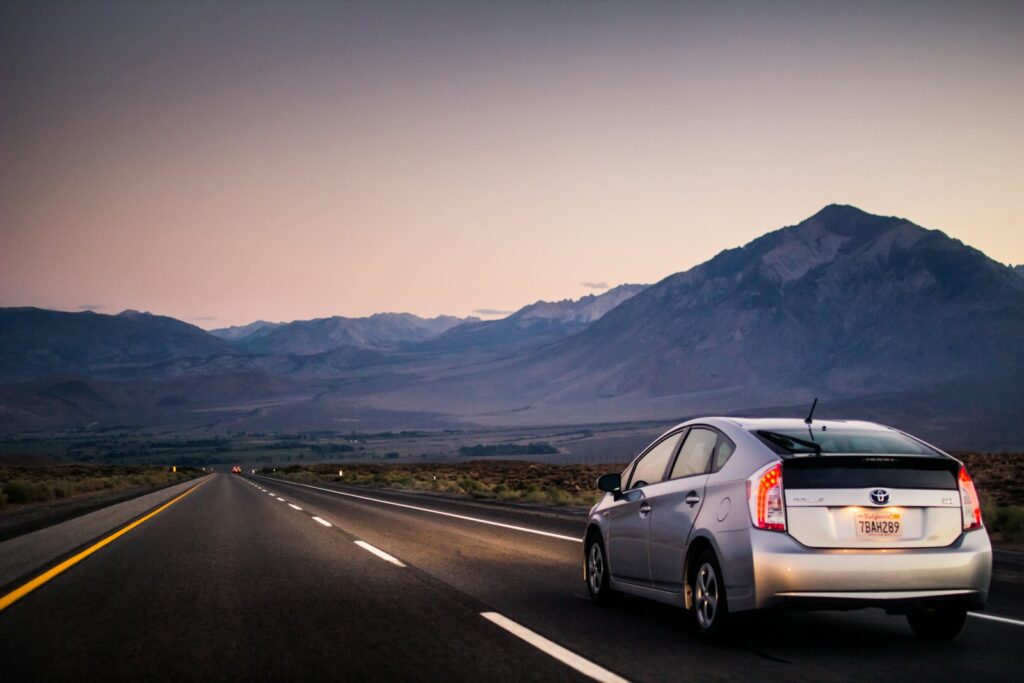
6. **Scan the Road Far Ahead for Traffic Changes**: A common and perilous mistake many drivers make is focusing exclusively on the vehicle immediately in front of them. This tunnel vision severely limits your ability to anticipate broader traffic patterns and potential hazards farther up the road. Such a narrow focus reduces your reaction time and increases the likelihood that you’ll be forced to brake suddenly, which, as we’ve discussed, can lead to rear-end collisions.
To drive defensively and prevent these crashes, you must cultivate the habit of looking farther up the road, ideally 10–15 seconds ahead. This broader scan allows you to spot traffic stopping or slowing long before the vehicle directly in front of you slams on its brakes. By observing the flow of traffic several cars ahead, you can detect red lights, stop signs, construction zones, or even accidents much earlier.
This foresight provides you with invaluable time to react gradually rather than abruptly. You can begin to brake sooner and with less intensity, allowing for a smoother deceleration. This not only makes your own driving safer and more comfortable but also positively impacts the vehicles behind you. When you brake sooner and slower, it forces the drivers behind you to also brake earlier, minimizing their need for panic-braking and significantly reducing the possibility of them plowing into your vehicle.
Scanning the road ahead transforms your driving from reactive to anticipatory, giving you a strategic advantage in dynamic traffic conditions. It enables you to prepare for changes, adjust your speed preemptively, and maintain a consistent flow, all of which are essential for avoiding rear-end collisions and promoting overall road safety for everyone sharing the road.
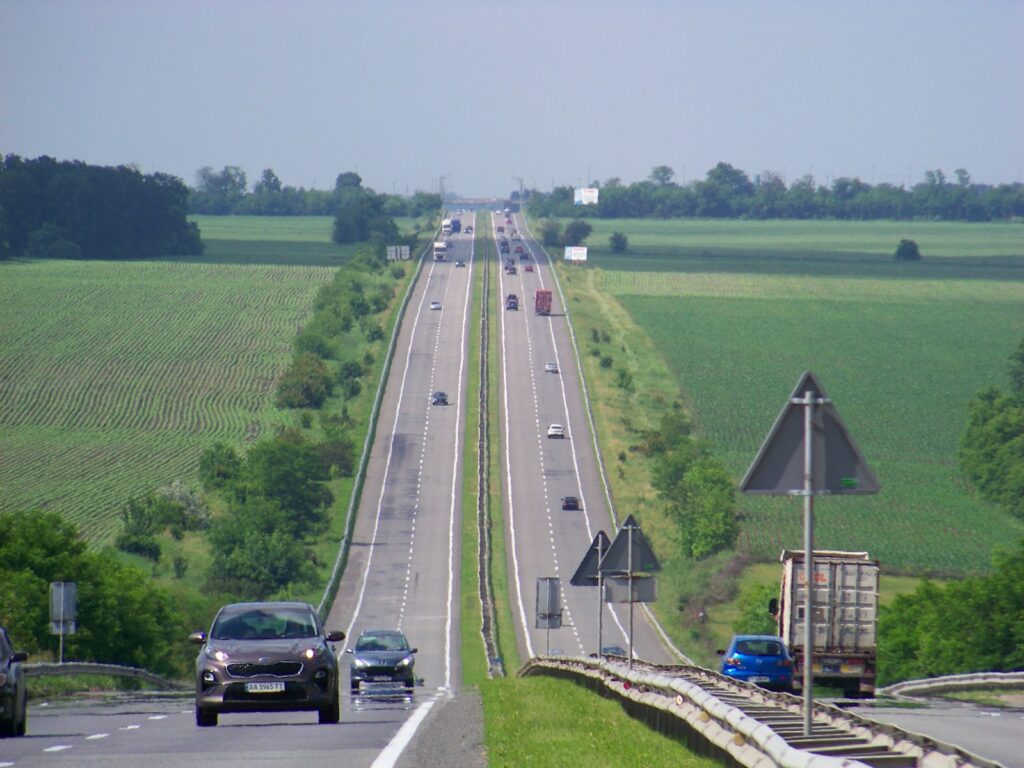
7. **Identify and Utilize Escape Routes During an Imminent Crash**: This is perhaps one of the most critical, yet counter-intuitive, pieces of expert advice for drivers facing an unavoidable rear-end impact. Our natural, instinctual reaction when we feel our vehicle being struck from behind is often to push harder on the brake pedal. While this might seem like a logical response to a collision, it is, unfortunately, the wrong one in this specific scenario and can exacerbate the damage and injury.
When a rear-end collision is imminent, or even actively occurring, your focus should shift from preventing the impact to mitigating its consequences and protecting yourself. This involves being prepared to accelerate and steer towards a safer location, rather than simply bracing for impact by braking. The goal is to move your vehicle out of the direct line of force or to direct it into a less damaging area.
This requires active mental preparation and a keen awareness of your surroundings. As you drive, especially in heavy traffic or at stops, it’s wise to constantly scan for potential escape routes. Look for the shoulder of the road, a clear section of the sidewalk (if safe and legal), an open space in an adjacent lane, or any area that could provide a soft landing or a path away from the immediate point of impact. Having these options in mind beforehand allows for a quicker, more decisive reaction in a split second.
Being prepared to accelerate and steer means you are actively taking control of your vehicle’s trajectory during an emergency. This defensive “hack” allows you to potentially lessen the severity of the collision, avoid being pushed into the car ahead, or prevent a multi-vehicle pile-up. It’s about transforming a helpless situation into one where you retain some agency, steering towards safety rather than passively absorbing the full force of an impact.
As we continue our exploration into superior driving techniques, this section pivots to cultivating consistent defensive driving habits and ensuring your vehicle is always primed for safety. These additional seven strategies focus on systemic approaches, from vehicle readiness to environmental awareness, solidifying your ability to significantly reduce the risk of rear-end crashes by integrating these practices into your everyday driving.

8. **Avoid Distracted Driving**: Distracted driving stands out as one of the foremost causes of rear-end collisions, a factor that is almost entirely within a driver’s control. When a driver’s focus deviates from the road ahead, whether it’s due to texting, consuming food, or adjusting the radio, their ability to perceive sudden changes in traffic, such as a slowing or braking vehicle, is severely compromised. This loss of attention drastically reduces reaction time, turning a manageable situation into a high-risk scenario.
Common distractions range from the obvious, like using a phone for texting or calls, to more subtle yet equally dangerous activities, such as eating, drinking, adjusting navigation systems, conversing with passengers, or even daydreaming. Each of these pulls your vital attention away from the primary task of driving, making you a less effective and more dangerous presence on the road. The consequence is often a failure to notice critical cues, leading directly to preventable accidents.
To combat this, defensive driving mandates a strict commitment to keeping your eyes on the road, your hands firmly on the wheel, and your complete attention devoted to your immediate surroundings. Experts recommend setting your phone to ‘Do Not Disturb’ mode to prevent unexpected alerts. Furthermore, it’s always safest to pull over to a safe location if you need to attend to tasks like eating, making significant navigation adjustments, or managing children or pets within the vehicle. Such proactive measures ensure your focus remains where it belongs: on safety.
Rear-end crashes, though alarmingly common, are fundamentally preventable. They often occur in the mundane rhythm of daily traffic, catching drivers off guard and resulting in injuries, vehicle damage, and significant inconvenience. However, by adopting the comprehensive defensive driving strategies and vehicle readiness practices discussed throughout this guide, you can dramatically shift the odds in your favor. From maintaining safe following distances and eliminating distractions to adjusting for adverse conditions and ensuring your vehicle’s optimal performance, each tip reinforces a proactive approach to road safety. Integrating these expert insights into your daily driving not only safeguards your well-being but also contributes to a more secure and predictable environment for everyone on the road, proving that smart habits truly are your best defense against avoidable accidents. Always drive with awareness, preparedness, and the foresight that protects you and your passengers on every journey.

